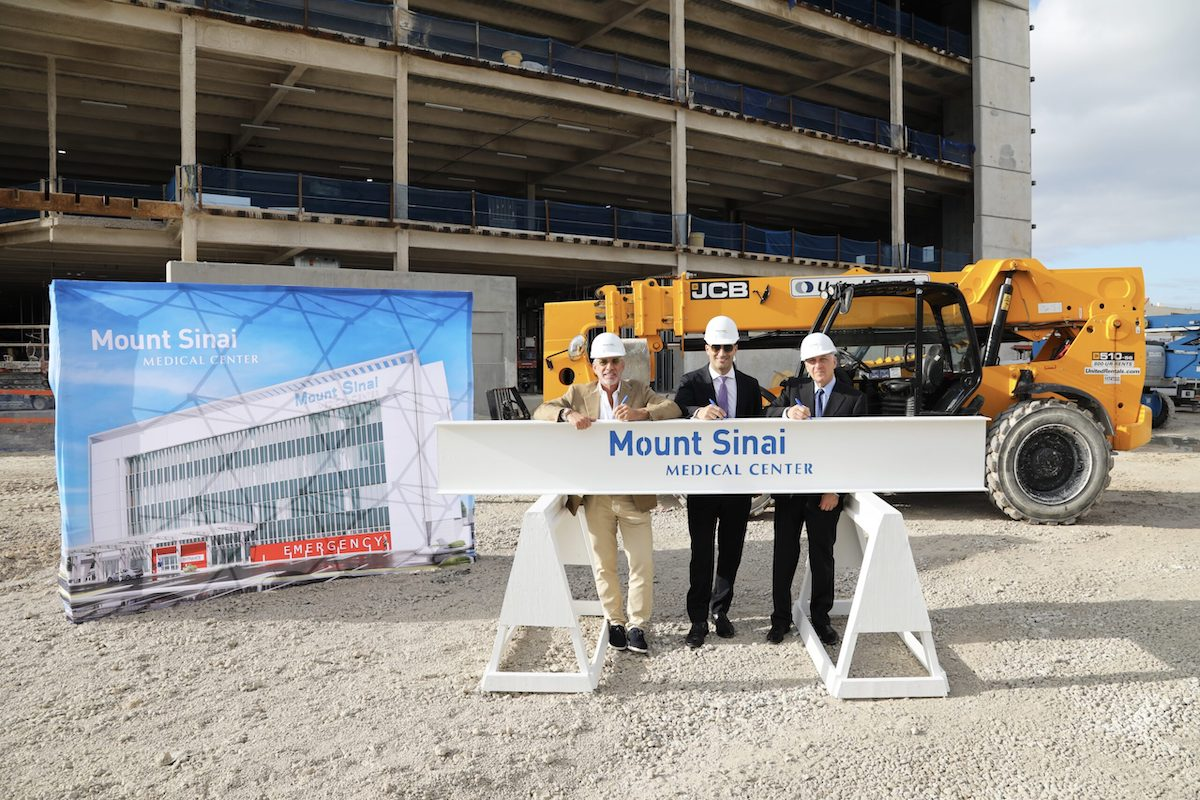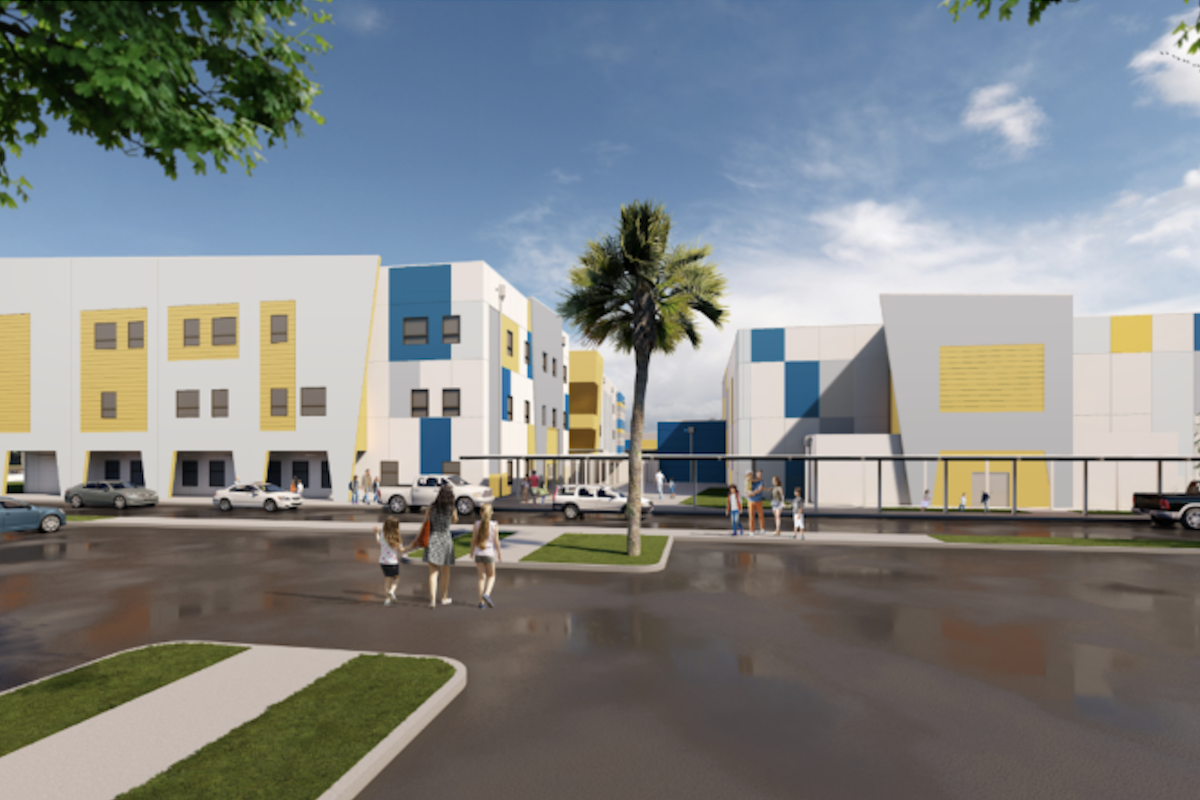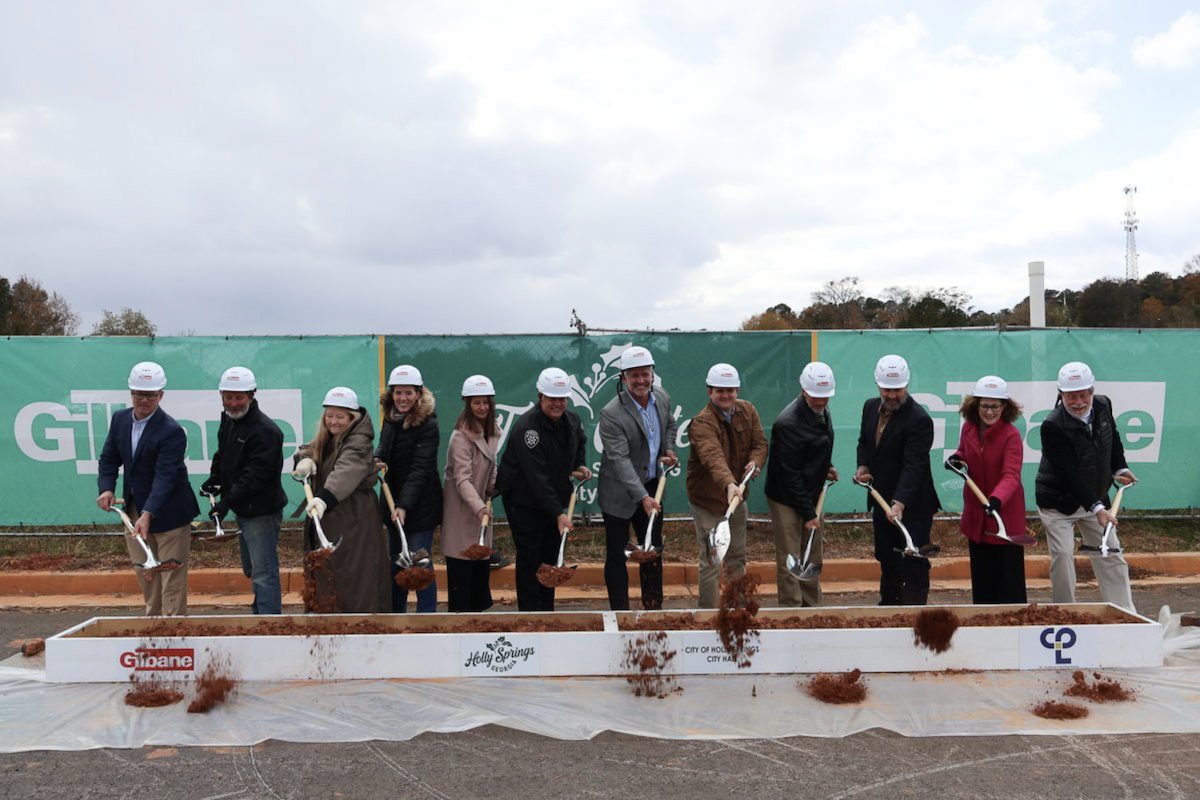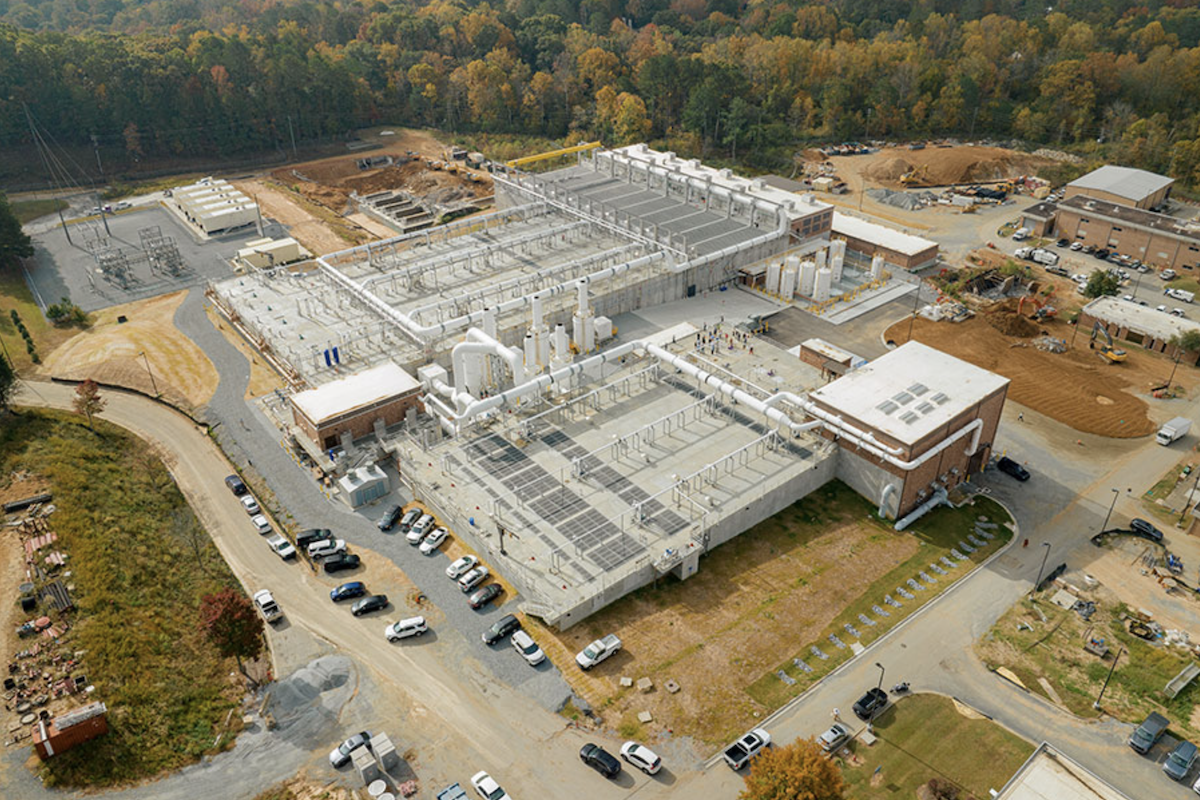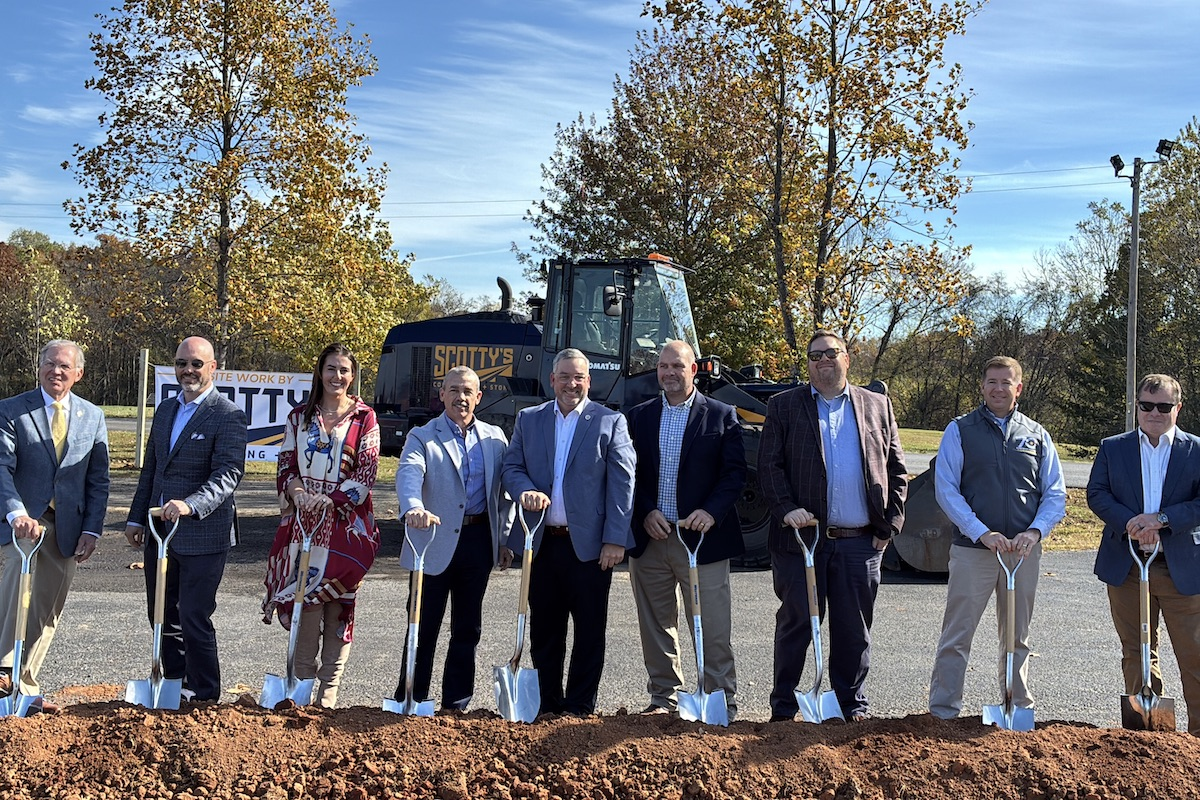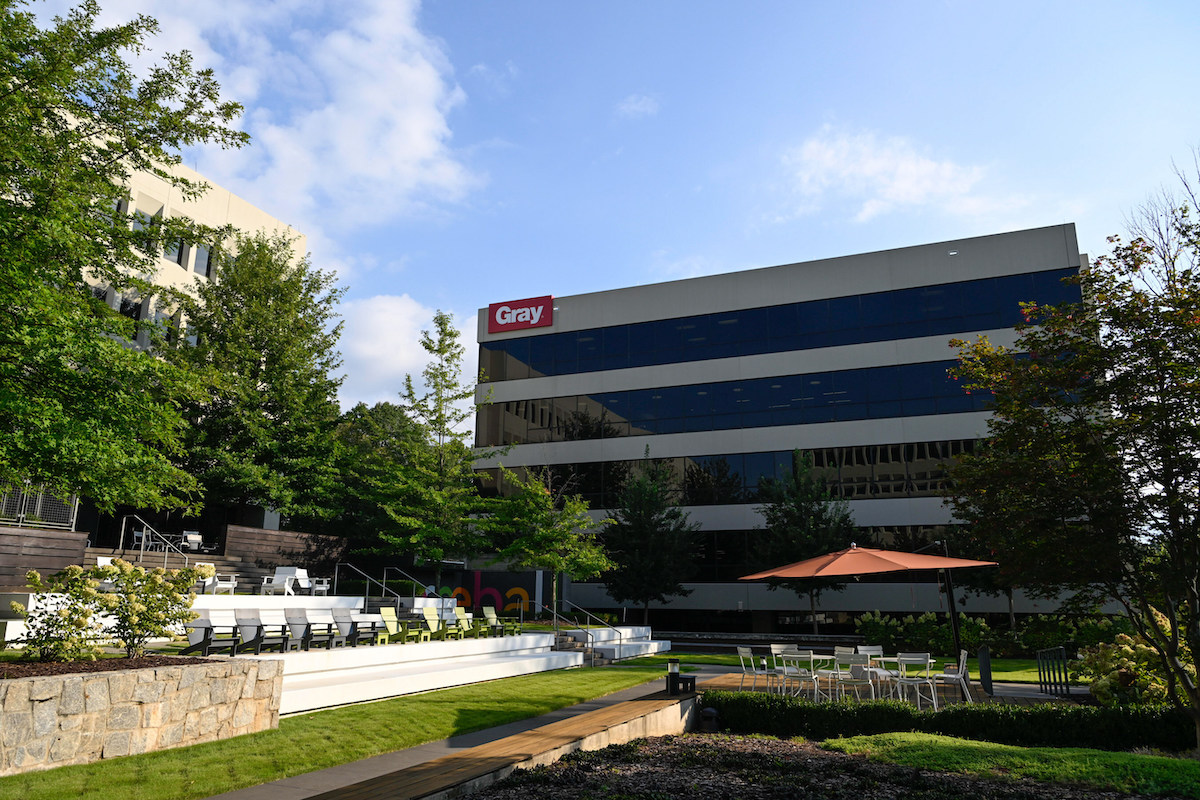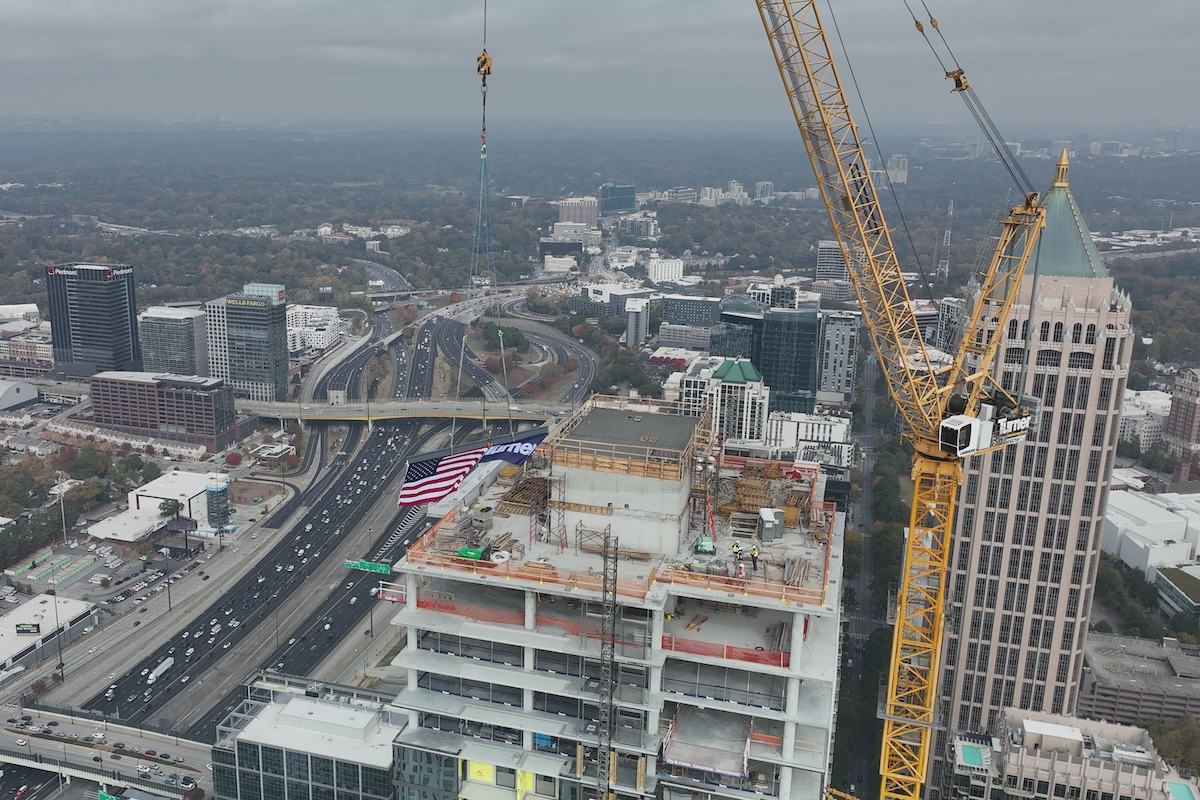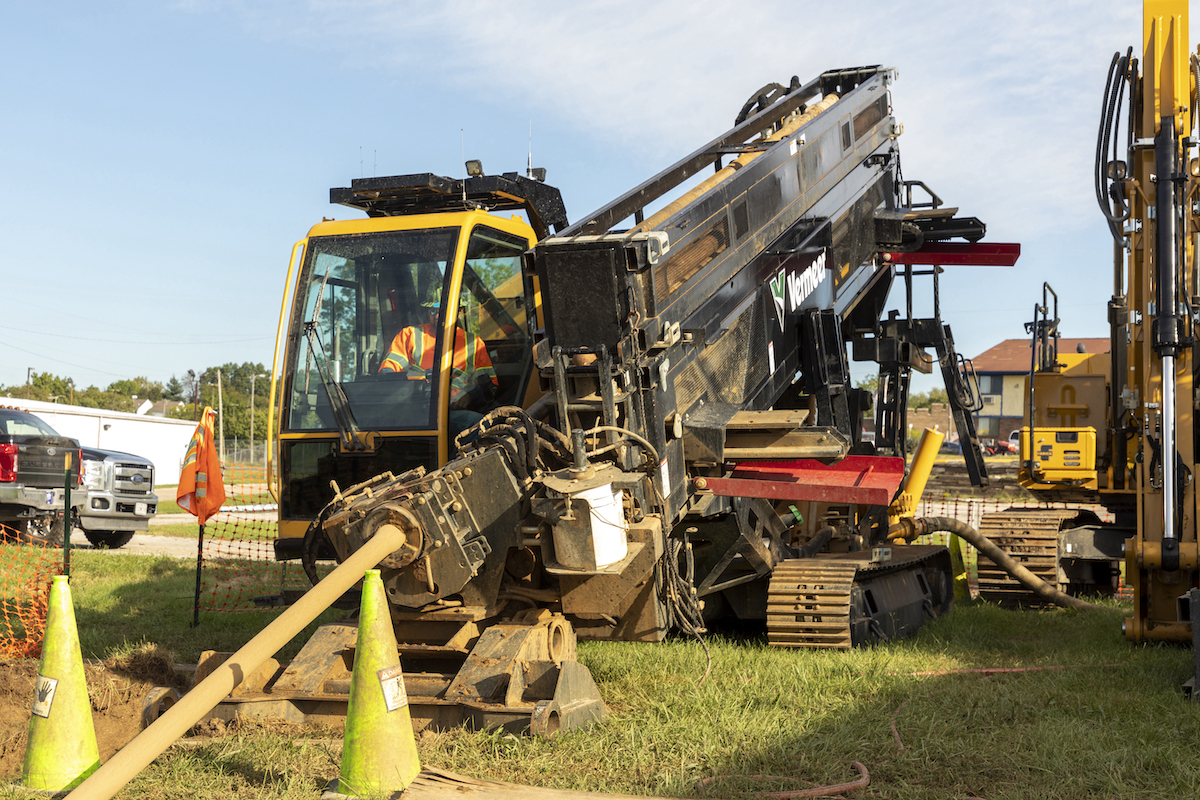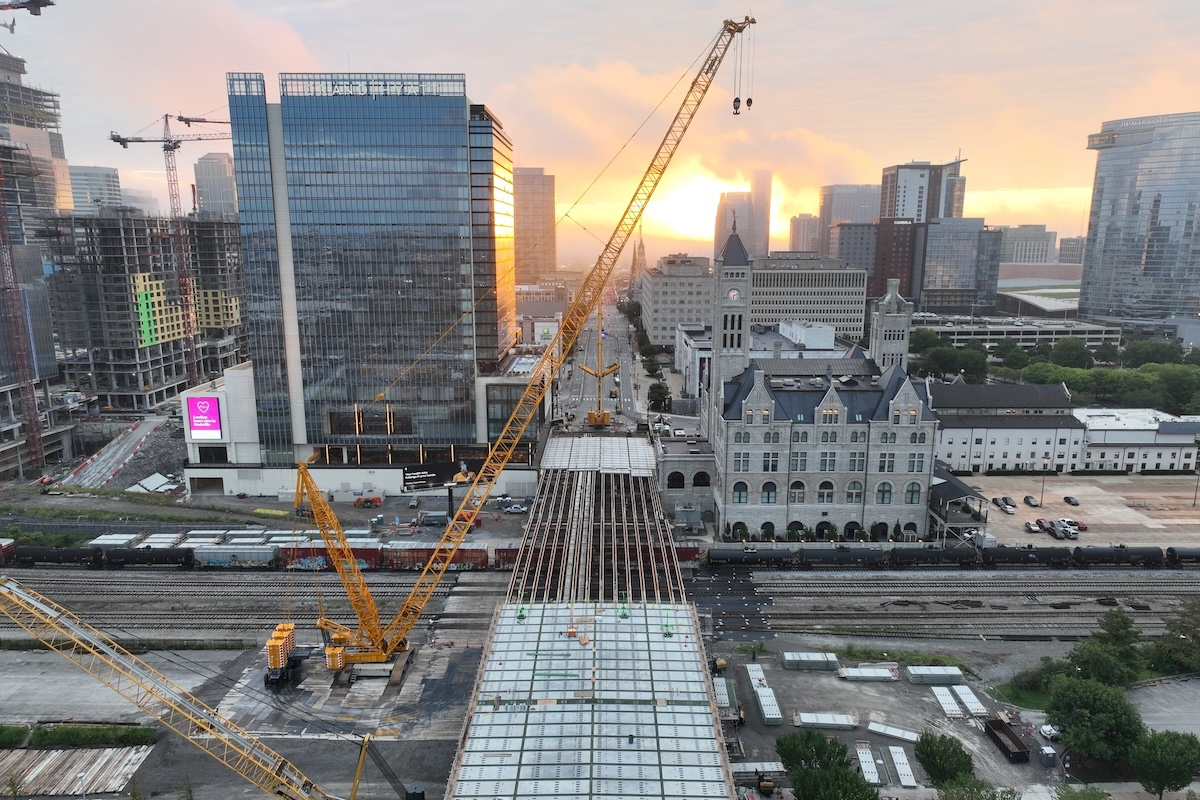Construction powers the American economy, spending more than $2 billion a month and employing eight million workers at any given moment. This industry must constantly innovate to improve our shared built environment — the places where we heal, learn, play, work, and gather.
Although technologies like building information modeling, reality capture, and digitized project management offer streamlined solutions before, during, and after the construction phase, the broader aspects of design, coordination, and planning continue to depend on manual efforts.
Artificial intelligence (AI) offers the potential to revolutionize these processes by automating complex tasks, historically the domain of human expertise. Recently, AI technology has made significant strides. Construction now has access to a new wave of AI tools.
These advancements suggest a future where AI not only supports but also significantly transforms how we approach design, construction, and management, leading to greater efficiencies and innovation. But these technologies could also pose new and significant challenges and risks.
Historically, construction has been slower to adopt new technologies and processes compared to other industries due to high costs, regulatory challenges, the project-based nature of the work, and the risk-averse mindset within the industry. Facing technological advancements, sustainability concerns, labor shortages, client demands, and increased competition, the construction industry is primed to become more adaptive and forward-thinking.

| Your local Trimble Construction Division dealer |
|---|
| SITECH Tri-Rivers |
| SITECH Mid-South |
| SITECH South |
Artificial intelligence has already changed the way we live and work — for example, it can help our phones (mostly) to transcribe speech or our laptops to draft emails. Until recently, AI generally worked behind the scenes, optimizing business processes or making recommendations about the next product to buy.
The introduction of ChatGPT, along with other generative AI tools, has spawned a high level of interest from the general public, with people wondering how this will not only affect their jobs but also their daily lives. This gave many industry leaders, like Associated Builders and Contractors (ABC), the opportunity to engage directly with AI.
First, it’s important to develop a general understanding of how various technologies are defined.
- Artificial Intelligence — Any human-like behavior displayed by a machine or system. Examples include voice assistants like Alexa and Siri.
- Machine Learning — A subset of artificial intelligence that automatically enables a machine or system to learn and improve from experience. An example is Netflix recommending a TV show based on an individual’s preferences and history.
- Deep Learning — Deep learning is a subset of machine learning that uses multilayered neural networks, called deep neural networks, to simulate the complex decision-making power of the human brain. An example is autonomous vehicles.
- Generative AI — Application of deep learning to create new content, such as images, videos, and text. Examples include ChatGPT, Dall-E, and Adobe Firefly.
- Large Language Model — Learn language patterns from large amounts of text using a combination of machine learning and the guidance of people who help train the models. GPT-4 is an example.
- Foundation Model — Machine learning models trained on a broad spectrum of generalized and unlabeled data and capable of performing a wide variety of general tasks such as understanding language, generating text and images, and conversing in natural language. Examples include generative pre-trained transformers (GPT) and Vision Transformer (ViT).
- Project Scheduling — Tools like Togal.AI, Stack, or Oracle Primavera P6 are taking advantage of AI to help streamline the scheduling process through AI chatbots and optimization. Historical data plays a key role in informing the predictions, further allowing proactive risk management.
- Vehicle Automation — Tools like AIM or the recently announced Hyundai Concept-X excavator lean on various vision-based technologies to utilize fully autonomous earth-moving vehicles on job sites.
- Quality Control and Progress Tracking — A tool like DroneDeploy allows contractors to not only program a drone’s flight pattern, but also integrate AI to enhance aspects of aerial imaging and mapping, enabling data analysis that identifies defects, cracks, or structural issues or even calculates stockpiles of dirt with the click of a button.
- Safety — Surveillance systems can identify hazards by using computer vision and predictive analytics to analyze photos and videos. Safety can also mean leaning on a generative AI tool to facilitate content for toolbox talks and safety moments.
- Establish standard operating procedures for each tool and use case studies to improve results and enhance efficiencies.
- Encourage periodic testing processes for identifying use cases and risks. Develop Training Tutorials
- Consider continuous improvement and general AI education to help level up your workforce.
- Establish training curricula for the specific tools your company is or will be utilizing.
- Lean on your software/tool vendor to provide guidance. Protect Data Through Proper Management and Security
- Be aware of who is managing your company’s data, whether it be an in-house, dedicated IT staff or a third party.
- AI relies on clean and consistent data input to provide desirable outcomes and predictions.
- What layers do you have in place to protect your company data? If your AI tool is embedded into a software product, ask the vendor how data is protected and stored. Implement an AI Policy in Your Employee Handbook
- Align your AI policy so that it is consistent with your current security best practices.
- Clearly define the purpose and value of your AI policy.
- If choosing a tool to adopt, lay out basic guidelines and risks associated with the tool and usage limits.
- State who is administering the policy and who will be enforcing it. As an example, it may be up to a department manager to grant access and an IT/security professional to oversee the usage limits.
- Trust but verify. Generative AI tools can assist with productivity gains and efficiency in the workplace. To ensure accuracy, ethics, and biases behind the technology, be clear that any content produced by AI will be reviewed by an expert prior to publication. Patrick Scarpati is the Director of Construction Technology and Innovation for Associated Builders and Contractors. ABC is a national construction industry trade association established in 1950 that represents more than 23,000 members. Founded on the merit shop philosophy, ABC and its 68 chapters help members develop people, win work, and deliver work safely, ethically, and profitably for the betterment of the communities in which ABC and its members work. Visit us at abc.org.

| Your local Topcon Positioning Systems Inc dealer |
|---|
| Linder Industrial Machinery |
The construction industry depends on personal expertise and hands-on skills, areas where artificial intelligence falls short. Given that human discretion plays a crucial role across the entire lifecycle of a construction project, AI lacks the understanding and decision-making abilities of a human.
Rather than outright job displacement, the adoption of AI will likely lead to an evolution in specific roles and tasks. When AI is integrated with a company’s organizational knowledge, it unlocks far more strategic advantages than those achievable without these advancements. Technology integration facilitates improved operational efficiency and supports more-informed, data-backed decisions.
Therefore, the conversation shifts to an anticipation of how jobs will adapt and grow using AI to enhance, rather than replace, the human elements essential to the construction industry. How can AI help augment workflows on the job site? Here are some examples:

| Your local Bobcat dealer |
|---|
| Pinnacle Central Co Inc |
The evolving construction sector demands that contractors grasp AI’s strengths and limitations. Embracing innovation and creative thinking are crucial to staying competitive and tackling major challenges.
Whether you are adopting a new process, equipment, tool, software, or other type of technology, it’s important to keep the basics in mind and ask why you are adopting it. When it comes to any type of technology or process, the transition does not just affect the individual, but the entire company culture.
Honest feedback and adjustments along the way are natural and ensure trust. As mentioned earlier, AI provides an opportunity for construction to be proactive. Training your employees to use AI can enhance your company’s competitive advantage for procuring new clients and hiring top talent.
Stakeholders should consider the following when looking to integrate AI:

| Your local Bomag Americas dealer |
|---|
| Linder Industrial Machinery |
Create Standard Operating Procedures

















